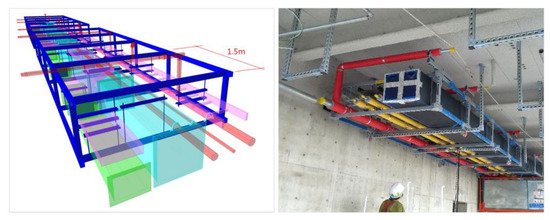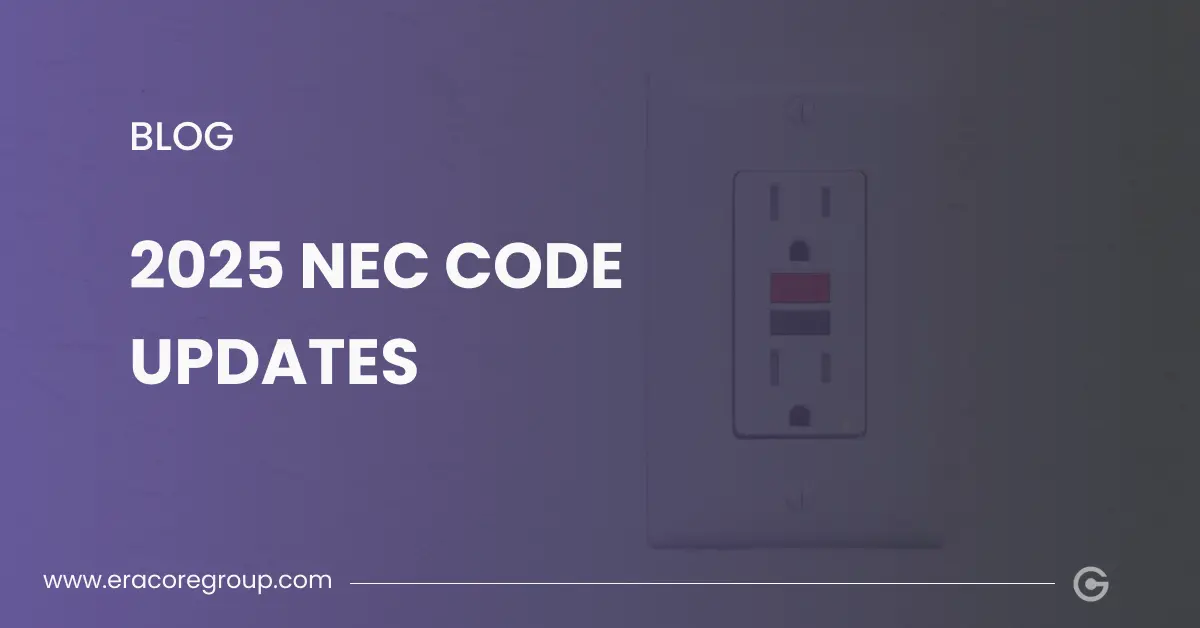Data visualization plays a pivotal role in understanding project intricacies and making informed decisions quickly.
With multiple options available, selecting the ideal software can significantly streamline your workflow.
In this blog, I will introduce you to the five most commonly used BIM software for data visualization that are transforming our industry. It will help you to choose the right software for your architectural needs.
Table of Contents
BIM Data Visualization
BIM data visualization turns complex, multi-dimensional BIM (Building Information Modeling) data into clearer, graphical formats. It helps improve the understanding and communication of construction details.
Data visualization also aids in making informed decisions and promotes collaboration. It combines different data types, including geospatial, structural, and architectural information, into a single 3D model.
Benefits of BIM Data Visualization
BIM Data visualization enables project stakeholders to analyze details thoroughly. They can identify potential design conflicts, enhance building integrity, and ensure the components work well together.
By using advanced BIM data visualization tools, the efficiency of project workflows increases. It also significantly improves the outcomes of projects by providing detailed insights during each phase of construction.
5 BIM Software for Data Visualization
Power BI
Power BI is an exceptional tool for enhancing Building Information Modeling (BIM) with its robust data visualization capabilities. By automating data reporting and gathering, Power BI streamlines project workflows, boosting efficiency significantly. In the complex landscape of BIM, where diverse data can be challenging to interpret, Power BI proves indispensable.
Using customizable templates, Power BI facilitates the seamless generation of BIM reports at set intervals, ensuring continuous access to crucial project data for all stakeholders. This integration fosters better data centralization by pooling essential information like project schedules and cost forecasts in one easy-to-access location.
Additionally, it encourages greater collaboration among stakeholders by preventing data segregation. Ultimately, the synergy between Power BI and BIM enhances transparency and aids in developing a cooperative work environment.
POWERBIM
Power BIM stands out as an effective tool in the field of data visualization within the Architecture, Engineering, and Construction (AEC) industry. It addresses the ever-present challenge of managing complex data originating from diverse sources, such as BIM models, external databases, and real-time feeds.
By organizing functionalities and datasets along multiple dimensions, Power BIM enables flexible activation of specific dimensions tailored for each project. Its capabilities extend beyond single-project limitations, supporting multi-project and multi-user environments. It facilitates a seamless integration of various stakeholders, each having distinct roles and access levels.
ARCHICAD
ARCHICAD stands out as a premier BIM tool for data visualization, adept at presenting complex architectural designs in an accessible manner. It facilitates the visualization of projects by enabling the incorporation of specific cameras on floor plans, which allow viewing from selected vantage points. This feature underscores the dynamic capability to filter and present only relevant BIM elements and data, ensuring efficiency and clarity in representations.
ARCHICAD’s versatility in data visualization extends through various visual representations like floor plans, elevations, and 3D views, enriched by the application of Graphic Override Combinations and 3D Styles.
MicroStation by Bentley Systems
MicroStation by Bentley Systems is increasingly recognized as a leading BIM tool adept in data visualization and managing large-scale infrastructure projects. It offers robust features including advanced renderings and animations, seamless geospatial integration, and comprehensive collaborative tools. These support real-time model updates and cloud-based sharing, enhancing coordination and efficiency across project teams.
MicroStation stands out with its capability to analyze and visualize models through various intrinsic characteristics like geometry and attributes, facilitating crucial functions such as clash detections and solar exposure analysis. Moreover, its real-time display styles adapt to distinct object properties, aiding in detailed and context-specific visual interpretations.
VCAD
VCAD is a commonly used BIM tool for data visualization by offering seamless integration with Autodesk Construction Cloud and Microsoft Power BI. This integration empowers users to generate reports and stories quickly and effectively, drawing directly from their BIM files.
VCAD not only speeds up dashboard creation but also enriches them with fully interactive BIM models. Users benefit from being able to navigate a detailed rendering of the model alongside a comprehensive display of associated data, including element attributes and spatial relationships. This capability transforms Power BI into a more dynamic platform for stakeholders in construction and design industries, providing a multi-dimensional view of model data that enhances decision-making and project management.
VCAD redefines the standards of data interaction and visualization in BIM technology, making it an essential tool for professionals aiming to leverage data intelligence in building design and construction.
Conclusion
In conclusion, the five BIM software solutions discussed, Power BI, PowerBIM, ARCHICAD, MicroStation, and VCAD, each offer unique and powerful capabilities for data visualization within the architecture, engineering, and construction industries.
From enhancing collaboration across various stakeholders to facilitating detailed analysis of multi-dimensional BIM data, these tools are indispensable for professionals aiming to optimize project outcomes and efficiency.
By understanding the specific features and strengths of each tool, such as Power BI’s data centralization, ARCHICAD’s dynamic visualizations, or MicroStation’s advanced rendering capabilities, industry professionals can make informed choices about which software best meets the needs of their projects. As BIM technology continues to evolve, the integration of these advanced visualization tools will undoubtedly become more critical in driving the successful completion and management of complex construction projects.
At Eracore, our skilled team of BIM experts leverages the best BIM tools, including advanced data visualization technologies, to enhance your construction projects’ profitability and efficiency.
By partnering with us, you gain access to industry-leading, value-engineered BIM services tailored to optimize outcomes and ensure your project’s success.






